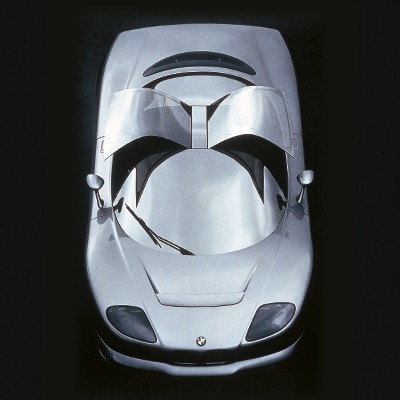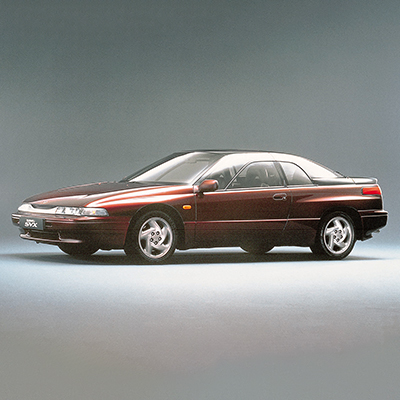- Brand: BMW
- Subtitle: A debut that made its mark
- Intro: The Nazca M12 marks Fabrizio's first "solo" venture with the support of the Style, Models and Prototype Departments reporting to him.
- Technical specifications:
BRAND: BMW
MODEL: Nazca M12
YEAR: 1991
BODY TYPE: GT
POWER SUPPLY: Combustion
CATEGORY: Concept car
DESIGNER: Fabrizio Giugiaro
- Designer: Fabrizio Giugiaro
- Time period: 1991/2002
- Production: Concept Car
- Type: Sports Car
- Power supply: Combustion
The Nazca M12 and its subsequent derivations (C2 and C2 Spider) marks Fabrizio's first "solo" venture with the support of the Style, Models and Prototype Departments reporting to him. The sequence of the Nazca draws inspiration from his experience in Formula 1 and Group C racing, which can be found in the technical-conceptual aspects of the chassis, mechanics and general layout.
The luxury GT car with a centrally positioned engine features formal passages that are essential, elegant yet aggressive; it excels for the conception of the chassis in carbon fibre manufactured in one piece which, matched to the vehicle body, also in fibre, and to the light alloy components, limits the weight to no more than 1100 kg. A tubular subframe was attached to the tub to hold the BMW engine powertrain (V12, 4988 cc, 300 bhp at 5200 rpm), while another in steel supported the canopy over the cockpit.
The pluses of this project are many: it is the first road GT with a supporting chassis in carbon fibre; it features electronic "self-levelling" of the suspension: it is fitted with ABS and anti-skid system and the driving mode can be configured for dry or wet conditions. The front headlight assemblies are not concealed but integrated into the tilted profile (the CX is 0.30). The innovative T-Top solution of the roof is formed by a dome in two half-shells in fumée coupled crystal (with underlying hidden frame); the windows lift upwards in gull-wing style while under the belt line the doors open in the traditional manner, freeing up a decidedly more comfortable access compartment. The crystals can be removed and allow a totally uncovered driving experience.
For the 1991 Tokyo Motor Show, the Nazca was revised as the C2 with the V12 engine expanded to 5578 cc (380 bhp) and the weight reduced by 100 kg with respect to the M12 model.
The same car also appeared on the occasion of the 61* Monaco Formula 1 Grand Prix in spider form, without the roof panel and the lairing of the engine cover but fitted with a more robust roll bar that merged harmoniously with the beltline.





